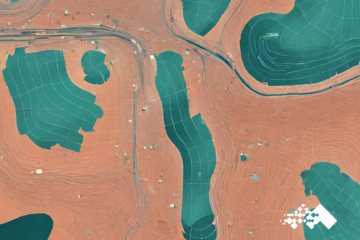Top LLM Applications for Modern Business
AI and LLMs are not just a technological leap; they’re a strategic imperative. By embracing this evolution, businesses gain a distinct advantage—staying ahead of the competition, enhancing stakeholder experiences, and optimizing both time and costs. In this white paper, we explore our top LLM business applications.









